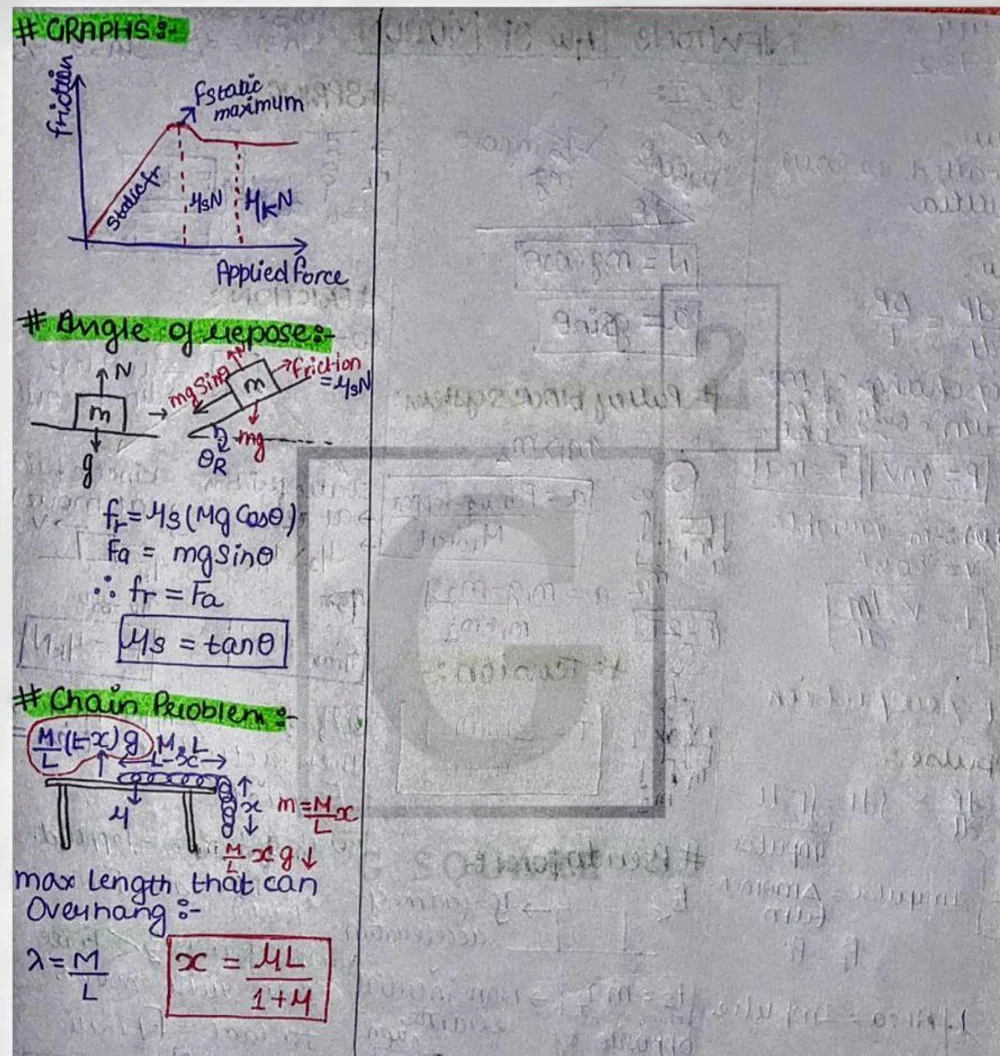Laws of Motion (The Foundation of Classical Mechanics) - The laws of motion form the cornerstone of classical mechanics, a branch of physics that describes the motion of macroscopic objects. These fundamental laws, formulated by Sir Isaac Newton, provide a framework for understanding how forces influence the motion of objects. This article delves into the three pillars of classical mechanics: Newton's Laws of Motion.
Understanding the Laws of Motion
Newton's laws of motion provide a set of universal principles that govern the relationship between forces, mass, and the resulting motion of an object. These laws are not only crucial for comprehending everyday phenomena but also serve as the foundation for various engineering and scientific applications.
Here, we'll explore each law in detail, including its definition, types (if applicable), examples, and practical applications. Additionally, a table summarizing the key formulas associated with each law will be provided for easy reference.
1. Newton's First Law of Motion: The Law of Inertia
⦿ Definition: Newton's first law of motion, also known as the law of inertia, states that an object at rest will remain at rest, and an object in motion will continue moving with constant velocity (unchanging speed and direction) unless acted upon by an external unbalanced force.
⦿ Types: There are no specific types associated with the first law.
Examples:
⦿ A car coasting to a stop due to friction (the unbalanced force) exemplifies the first law.
⦿ A ball rolling on a frictionless surface maintains its motion until it encounters an obstacle.
⦿ Applications: The law of inertia finds applications in various fields, including designing safety features in vehicles (seatbelts) and understanding the motion of celestial bodies.
2. Newton's Second Law of Motion: The Law of Acceleration
⦿ Definition: Newton's second law of motion establishes the relationship between force, mass, and acceleration. It states that the acceleration of an object is directly proportional to the net force acting on it and inversely proportional to its mass. Mathematically, this can be expressed as:
⦿ Formula: a = F / m (where a = acceleration, F = net force, and m = mass)
⦿ Types: There are no specific types associated with the second law.
Examples:
⦿ Pushing a cart with a constant force results in a constant acceleration (proportional to the force and inversely proportional to the cart's mass).
⦿ A rocket accelerates due to the thrust generated by its engine (the net force).
⦿ Applications: The second law is vital for analyzing motion in various scenarios, from designing airplanes to calculating the forces experienced by athletes during jumping.
3. Newton's Third Law of Motion: The Law of Action-Reaction
⦿ Definition: Newton's third law of motion, often referred to as the law of action-reaction, states that for every action, there is an equal and opposite reaction. Whenever one object exerts a force on another object, the second object exerts a force back on the first that is equal in magnitude but opposite in direction.
⦿ Types: There are no specific types associated with the third law.
Examples:
⦿ When you fire a gun, the gun recoils in the opposite direction due to the force exerted on the bullet.
⦿ A swimmer pushes off a wall, generating a propulsive force in the opposite direction on the wall.
⦿ Applications: The third law plays a crucial role in understanding rocket propulsion, jet engines, and various other situations involving interacting forces.
This table summarizes the key formulas associated with each law:
FAQs about Newton's Laws of Motion
1. What is the difference between rest and motion according to Newton's laws?
In Newtonian mechanics, rest refers to a state where an object has zero velocity (not moving). Motion refers to a state where an object has a non-zero velocity (it's moving). Newton's first law clarifies that an object's state (rest or motion) persists unless acted upon by an external force.
2. Does friction violate Newton's first law?
Friction is an external force that opposes motion. It does not violate Newton's first law; instead, it exemplifies it. In the absence of friction, an object in motion would indeed continue moving with constant velocity as stated by the first law.
3. Are Newton's laws applicable to microscopic objects like atoms?
Newton's laws are primarily designed for classical mechanics, which deals with the motion of macroscopic objects. At the atomic and subatomic level, quantum mechanics becomes more relevant for describing motion and behavior.
4. Can an object be in motion even with zero net force?
Yes. According to Newton's first law, an object in motion with constant velocity (unchanging speed and direction) experiences zero net force. This motion can continue indefinitely unless an external unbalanced force acts upon it.
5. How do Newton's laws help us understand space travel?
Newton's laws are fundamental to understanding rocket propulsion. Rockets expel propellant (mass) at high velocity, generating a thrust force (action) in the opposite direction according to the third law (reaction). This propels the rocket forward.




.jpeg)



